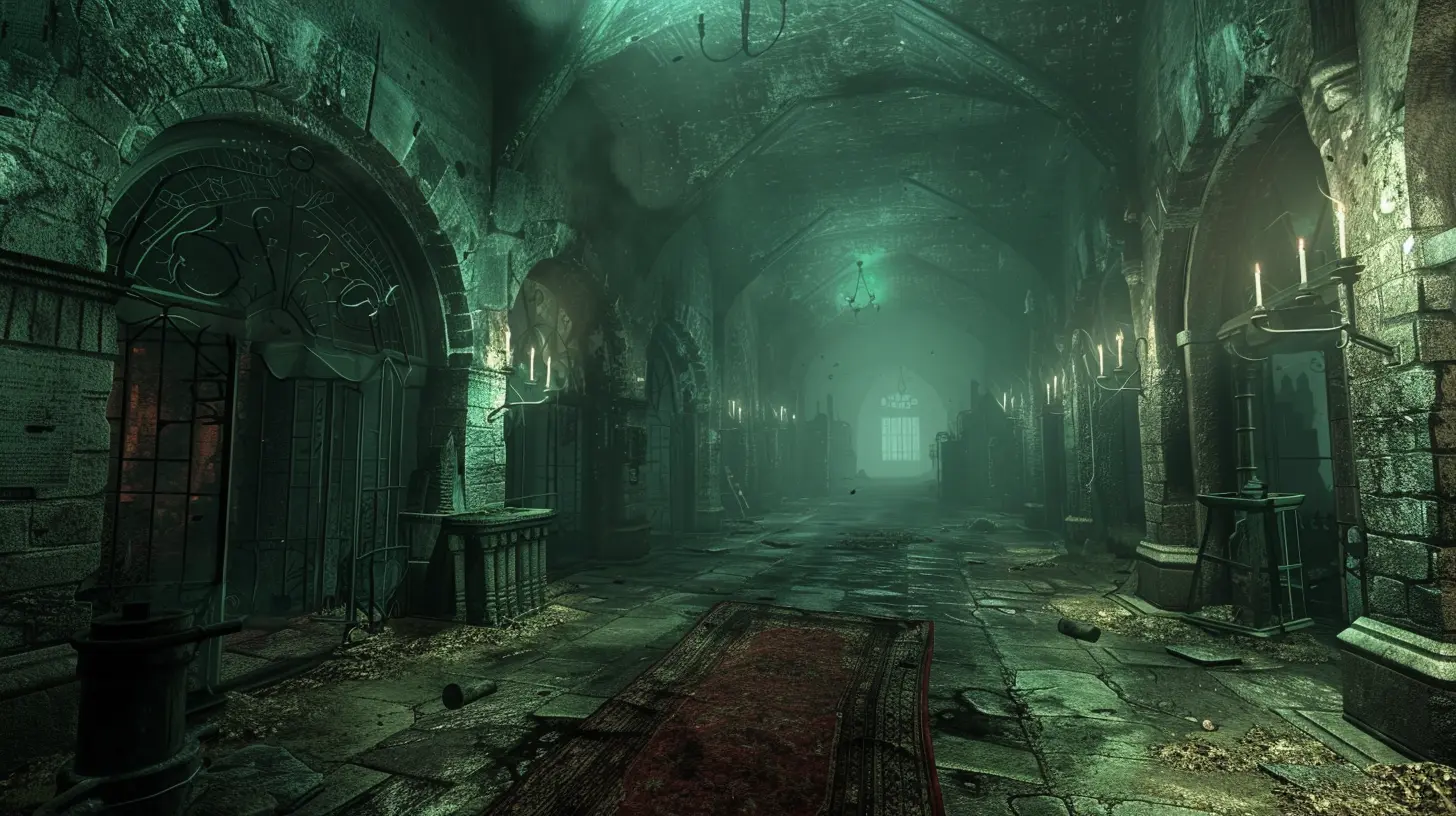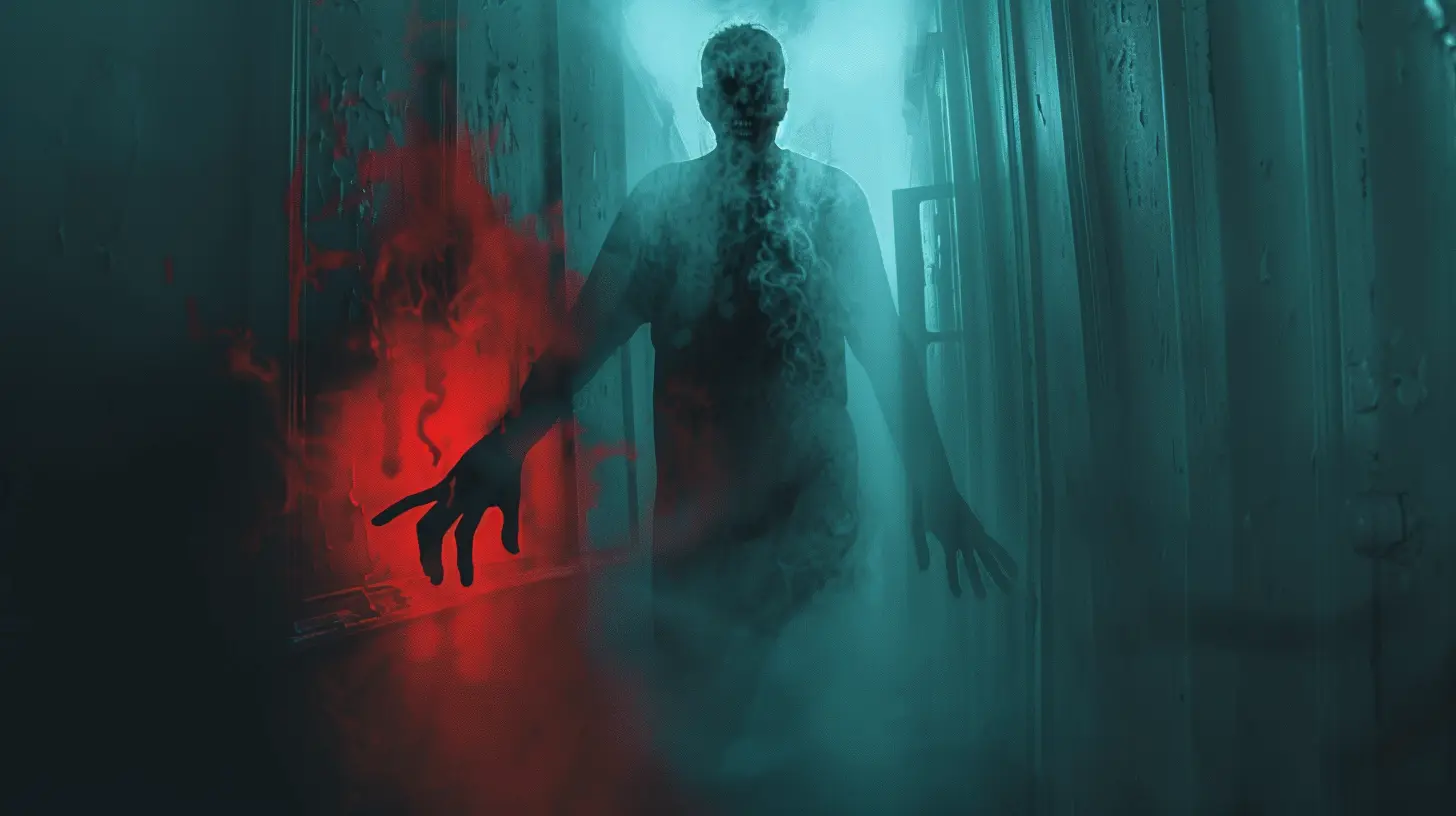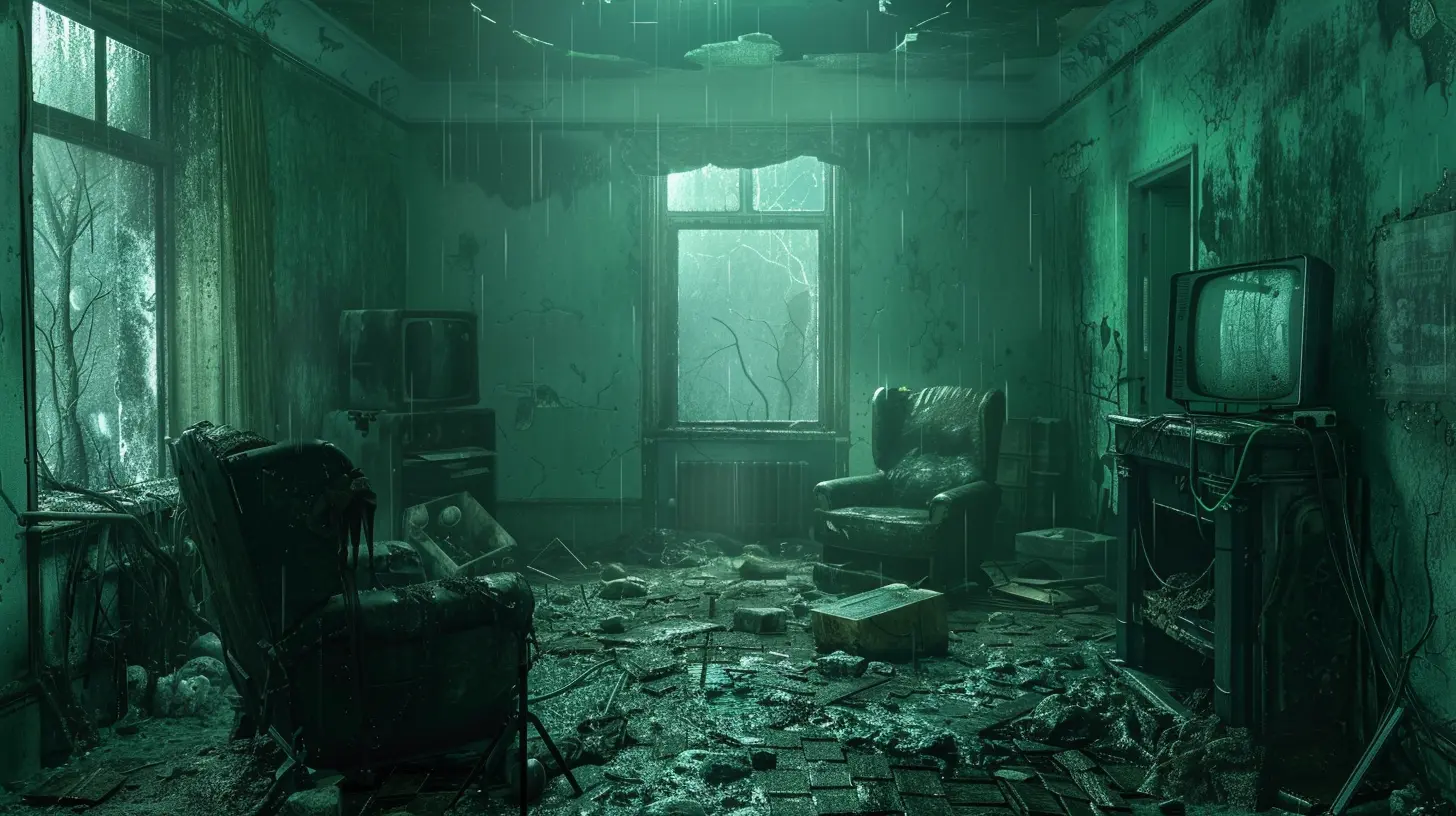Why First-Person Horror Games Are More Immersive Than Ever
19 July 2025
Alright, let's just rip the Band-Aid off – first-person horror games are terrifying. Like, so-terrifying-you-need-a-new-pair-of-pants terrifying. But what’s changed? Why do these games feel more immersive now than ever before? It's not just the graphics (although, let’s not pretend they don’t help). Today, we’re diving headfirst into the abyss of digital dread to decipher why your spine tingles so convincingly when playing modern first-person horror games. Buckle up – or, y’know, grab a blanket to hide under. 
Horror That Hits Different: The Evolution of Fear
Let’s be honest—horror games used to be scary for all the wrong reasons. Back in the day, it wasn’t uncommon to be more frightened by clunky controls and pixelated monsters than by the actual "horror." Remember those jump scares where your blocky character would jitter into a wall while trying to escape a zombie? Good times.Now, though, we’re living in a golden age of digital terror. Developers have upped their game (pun absolutely intended), creating smoother mechanics, compelling storylines, and environments so detailed you might want to double-check if that shadow in your room is just your lamp. First-person horror games have evolved from their awkward teenage phase to full-blown scream-inducing masterpieces.
The "You Are There" Factor
Okay, here’s the thing: first-person perspective is like strapping on a pair of 4K fear goggles. Instead of controlling a character who’s over there on your screen, you are the character. Gone are the days when you could yell at your avatar, “Why are you going into the creepy basement, Susan?!” In first-person, you’re Susan now—and guess what? You’re definitely going into that creepy basement.It’s basically the video game equivalent of shoving you into a haunted house and locking the door behind you. Your brain is wired to process visuals in the first person (thank you, eyeballs), so when you’re seeing through the protagonist’s eyes, the game world becomes your world. And when that world is full of flickering lights, eerie whispers, and things skittering around in the dark? Yeah, good luck sleeping tonight.
The Science of Screaming: Why First-Person Works
Ever heard of "mirror neurons"? They’re the little brain gremlins that make you flinch when someone else stubs their toe. In other words, your brain can’t always tell the difference between watching something and experiencing it yourself. And when you’re playing a first-person horror game, those neurons are working overtime, convincing you that the fake monster on the screen wants to eat you.First-person horror games also hijack your fight-or-flight response. You’re no longer a detached director controlling a character; now, you’re in the thick of it. When that ghost lady pops up in Phasmophobia, your heart doesn’t care that it’s “just a game.” It’s pounding like you just sprinted down a dark alley at midnight. 
How Technology Is Cranking Up the Terror
Realistic Graphics: Monsters That Stare Into Your Soul
Remember when video game water looked like blue Jell-O, and all humans had the facial expressions of a potato? Yeah, those days are gone. Modern horror games look insanely realistic. From hyper-detailed lighting that mimics real-life shadows to facial animations so lifelike you halfway expect the characters to DM you later, the visuals alone are enough to make you shiver.And don’t even get me started on the monsters. In classic horror games, you’d laugh at whatever pixelated nightmare was supposed to be chasing you. Now? You can practically count the jagged teeth on whatever unholy abomination is lurking in the shadows. Great for immersion. Terrible for your blood pressure.
3D Audio: Because Regular Screams Weren’t Enough
If you think the visuals are terrifying, wait until you hear what’s behind you. Modern games utilize 3D audio to mess with your head in the cruelest way possible. Imagine creeping through a pitch-black hallway, hearing faint whispers that seem to circle around you. Or the unmistakable sound of footsteps behind you—getting louder and louder.Thanks to 3D audio, the game doesn’t just play sound effects; it places them, making you feel like the horror is happening all around you. Pro tip: If you’re wearing headphones, maybe have a trusted friend nearby to check that you’re not about to pass out.
VR Horror: Immersion on Steroids
You thought first-person horror on your flat-screen TV was nerve-wracking? Enter virtual reality—a hellish invention for people who enjoy voluntarily scaring the daylights out of themselves. VR takes immersion to a whole new (and slightly masochistic) level, placing you directly inside the game world.When you slip on that VR headset, there’s no escaping the terror. You can’t just glance at your phone or look away; wherever you turn, the game is there, waiting. And when the monster inevitably lunges at you? Let’s just say the neighbors might call to check on you after hearing your screams. 
Storytelling That Hooks You (And Doesn’t Let Go)
Horror games used to rely on cheap tricks—jump scares, creepy music, maybe the occasional spooky diary entry. But today’s first-person horror games are telling stories so gripping you’ll forget to breathe.Games like Outlast, Amnesia, and Resident Evil 7 weave intricate narratives that suck you in like quicksand. You’re not just trying to survive—you’re uncovering mysteries, piecing together tragic backstories, and questioning your sanity. Before you know it, you’re emotionally invested in a way that makes the scares hit even harder. 
The Role of Player Agency: It’s All On You
In first-person horror games, you call the shots—well, until fear takes over and you start pressing buttons like a maniac. Unlike movies or books, games give you agency. You decide when to open the creepy door, whether to investigate the strange noise, or how long to cower in a corner before advancing.This level of control makes the experience more personal and, paradoxically, more terrifying. After all, when things go horribly wrong, you’ve got no one to blame but yourself. (Well, and maybe the sadistic developers who put you in this nightmare to begin with.)
Why We Keep Coming Back For More
Here’s the kicker: despite all the sweat, screams, and rapid heartbeats, we keep playing these games. Why? Because first-person horror taps into something primal. It’s like riding a roller coaster—you hate it while it’s happening, but the adrenaline rush is addicting. Plus, there’s the undeniable satisfaction of surviving the ordeal. You made it through! You faced your fears! (Even if you did pause the game halfway through to cry a little.)Conclusion: Facing Fear, One Game at a Time
So, why are first-person horror games more immersive than ever? It’s a cocktail of factors: cutting-edge technology, psychological manipulation, bone-chilling sound design, and stories that get under your skin and stay there. These games don’t just scare you; they engulf you, dragging you into their twisted worlds until you’re not sure where the game ends and reality begins.So, go ahead—grab your controller, turn off the lights, and let the terror take over. Just, uh, maybe stock up on nightlights first. Trust me, you’ll thank me later.
all images in this post were generated using AI tools
Category:
Horror GamesAuthor:

Luke Baker
Discussion
rate this article
2 comments
Faelan McNulty
First-person horror games transport us into chilling worlds like never before! Embrace the thrill, face your fears, and enjoy the adrenaline rush that these immersive experiences offer. Game on!
October 30, 2025 at 3:53 PM

Luke Baker
Absolutely! First-person horror games truly heighten immersion, drawing players into their terrifying worlds and amplifying the thrill of the experience. Game on indeed!
Nyx McHugh
Great insights! I love how these games truly pull us into the experience.
July 25, 2025 at 3:34 AM

Luke Baker
Thank you! I'm glad you enjoyed the insights—immersion is definitely key in enhancing the horror experience!


